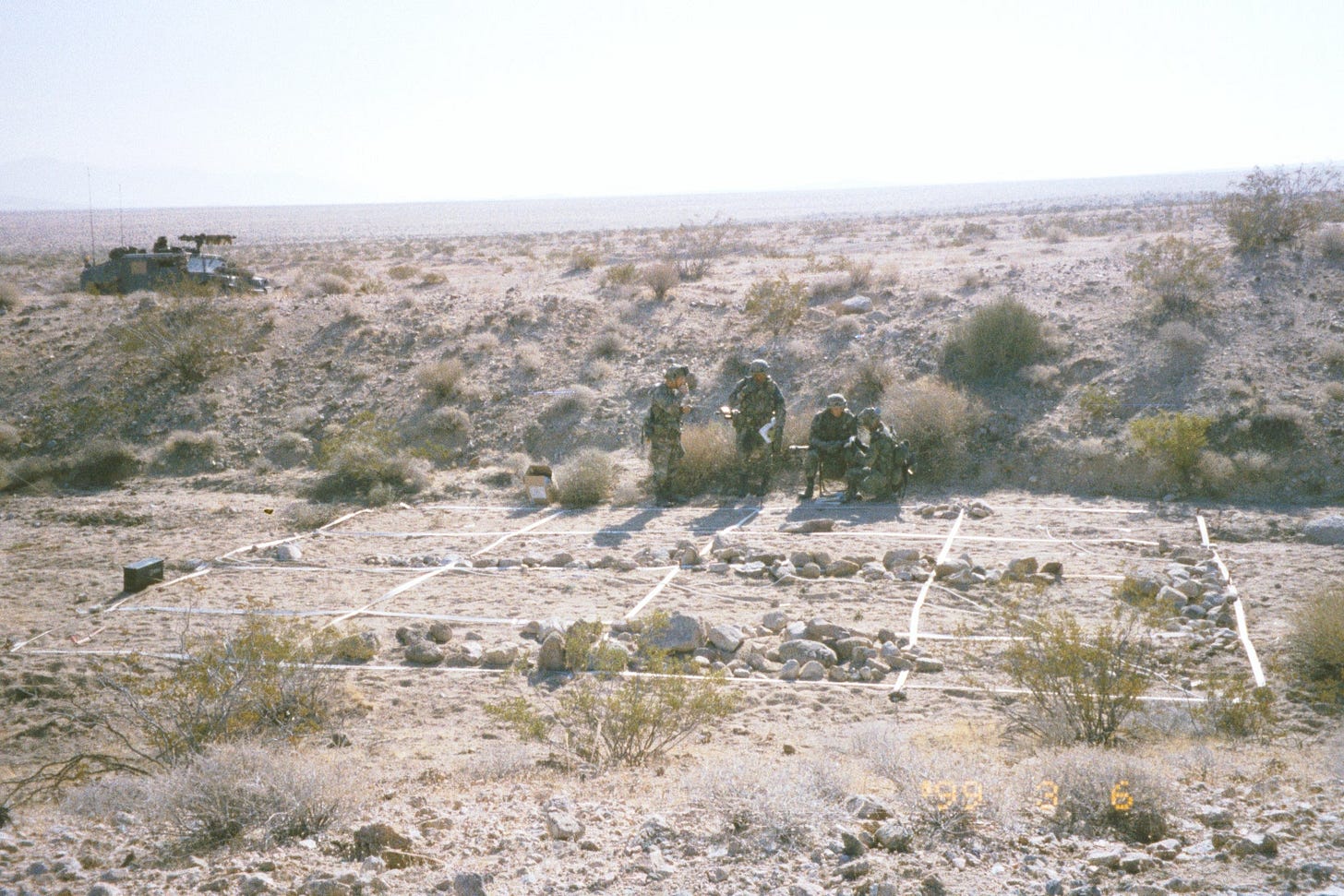
In the business world, post-mortems, or after-action reviews (AAR), are critical tools for continuous improvement and organizational learning. I will use AAR to represent both in the future context. This article explores the quantifiable benefits of using AARs after projects, events, and operations, and provides a detailed guide on conducting an effective AAR.
Sources for this Article:
DeRue, D. S., Nahrgang, J. D., Hollenbeck, J. R., & Workman, K. (2011). A quasi-experimental study of after-event reviews and leadership development. Journal of Applied Psychology, 96(5), 985-995.
Edmondson, A. C. (1999). Psychological safety and learning behavior in work teams. Administrative Science Quarterly, 44(2), 350-383.
Ellis, S., & Davidi, I. (2005). After-event reviews: Drawing lessons from successful and failed experience. Journal of Applied Psychology, 90(5), 857-871.
Garvin, D. A. (2000). Learning in Action: A Guide to Putting the Learning Organization to Work. Harvard Business Review Press.
Van der Aalst, W. M., Weijters, T., & Maruster, L. (2007). Workflow mining: Discovering process models from event logs. IEEE Transactions on Knowledge and Data Engineering, 16(9), 1128-1142.
I wonder if you groan like many I have worked with at the mention of an AAR. The dread of having to relive an operation or event, detailing it out for all to hear, can be concerning or appear to be a waste of time. AARs are difficult but useful functions to learn not just from mistakes, but also from success. This tool, when used correctly, provides insight and a course of action that can improve any workplace. So what is an AAR?
The Importance of AARs.
AARs are structured meetings used to analyze what happened, why it happened, and how future outcomes can be improved or sustained. Key players for any event, operation, or project are required to provide their thoughts. A scribe can record these thoughts in writing as a presentation or report for distribution across the organization. They are essential for several reasons:
Learning and Improvement: AARs provide an opportunity for teams to learn from their experiences. By identifying what worked well and what didn’t, organizations can develop leading practices and avoid repeating mistakes (Ellis & Davidi, 2005). Also, AAR groups had significant positive effects on the group mental models.
Accountability and Transparency: Conducting an AAR fosters a culture of accountability and transparency. Team members are encouraged to take ownership of their actions and decisions, leading to more responsible and informed future behavior (Edmondson, 1999).
Team Development: AARs promote team development by facilitating open communication and feedback. They help build trust and collaboration among team members, which is crucial for effective teamwork (DeRue et al., 2011). When done correctly, and without retribution, leaders will experience their supporters opening up more than usual.
Performance Measurement: AARs allow organizations to measure performance against objectives. This evaluation helps in understanding whether goals were met and what factors influenced the outcomes (Van der Aalst et al., 2007). Incorporating AARs in feedback mechanisms will amplify evaluations.
Innovation and Adaptability: Analyzing past actions encourages innovative thinking and adaptability. Organizations can explore new strategies and approaches to overcome challenges and leverage opportunities (Garvin, 2000).
The benefits of AARs are supported by empirical research. Studies have shown that organizations that regularly conduct AARs experience higher levels of performance and efficiency. For instance, a study by Ellis and Davidi (2005) found that teams that conducted AARs improved their performance by 20% compared to those that did not.
The key to building an AAR culture is ensuring that an AAR report are deliberately added to planning and standard workflows. I have seen many organizations conduct significant operations or events and then forget to conduct an AAR. At the next event, unless the same people attended, the new employees struggled to meet the same success or made the same mistakes. When you hardwire an AAR into the plan, there is a better chance that it will happen.
Another study by DeRue et al. (2011) highlighted that AARs lead to better decision-making and problem-solving capabilities. This comes from organizations that publish the AAR for everyone. I have seen this done in full presentations or a written report provided to key stakeholders. Remember that the more people that have access to those lessons, the more your organization can learn from them. This means more employees will make the right decisions, and have access to solve problems correctly.
A great example that a friend once relayed to me was a misconception at his workplace that the December holidays were the busiest time for the organization. They determined that it wasn’t when surveying the employees of the company. The findings were that the managers felt it was a busy time but the majority of employees did not. The AAR also found that the managers were making incorrect decisions based on their experiences. This was causing a divide between management and employment. The AAR created an organization that saw itself and was able to adapt for the betterment of all.
Another example could be seen with Stever Jobs leaving or getting fired from Apple. At the time, the board felt he wasn’t ready for CEO. Jobs then started NeXT with light success until it was finally sold to Apple. Apple had lost major prices in their stocks and had decreased in value until Steve Jobs came back to the company. To be a fly on the wall for that AAR at the board of Apple. As I am sure you know, they decided to remedy letting Steve Jobs go and made him the CEO of Apple. This is considered to be the upper-ward turning point for the company to what it is today.
Subscribed
You can finish reading the full article at: https://open.substack.com/pub/thedavarkgroup/p/week-29-the-perfect-post-mortem-after?r=385ucj&utm_campaign=post&utm_medium=web















